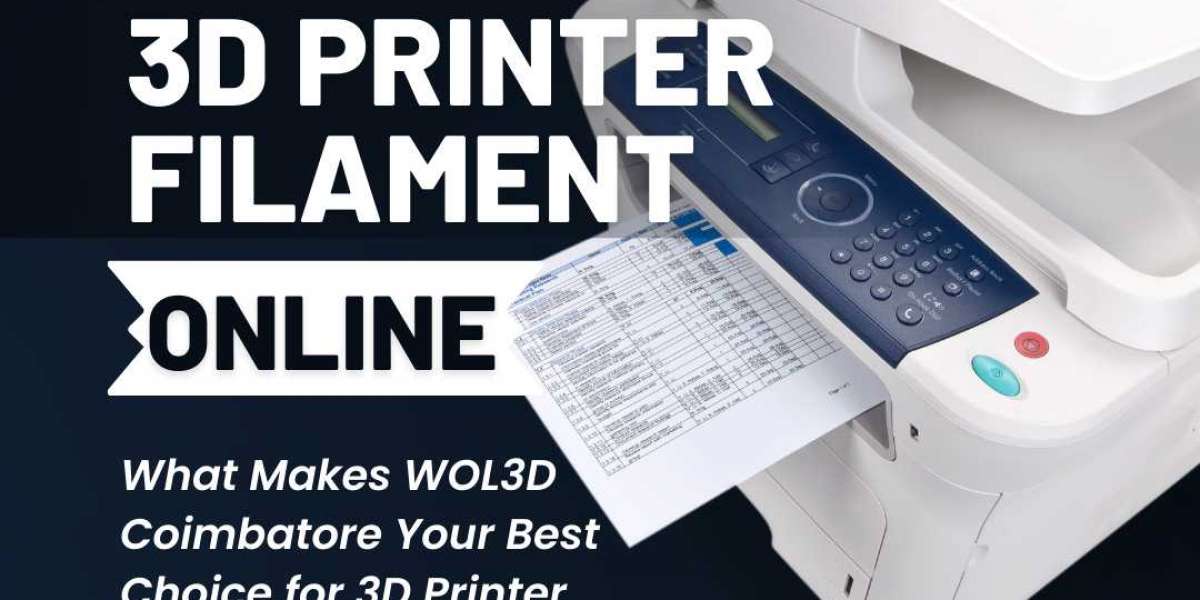As the event industry continues to embrace digital transformation, RFID technology for festivals and events has become a game-changer. RFID cashless payment systems offer seamless transactions, reduced wait times, and enhanced attendee experiences. However, ensuring widespread adoption among attendees requires strategic planning. Here’s how to effectively encourage attendees to use an RFID platform for events.
Encourage Attendees to Use RFID Cashless Platform for Events
1. Educate Attendees on the Benefits of RFID Cashless Payments
One of the key barriers to RFID adoption is a lack of understanding of its advantages. Many attendees may be unfamiliar with RFID technology for festivals or may be hesitant to move away from traditional payment methods. Event organizers should educate attendees on how an RFID platform for events simplifies transactions, eliminates the need to carry cash, and enhances security. Utilizing multiple communication channels such as social media, email campaigns, and event websites can help inform attendees about the benefits of using an RFID system. Detailed FAQs, instructional videos, and live demonstrations can further boost confidence in the technology and encourage adoption.
2. Offer Exclusive Incentives for Early Adopters
Encouraging attendees to pre-load funds on their RFID wristbands or cards before the event can significantly increase usage. Offering incentives such as bonus credits, early-bird discounts, or exclusive VIP perks can entice attendees to embrace RFID integration for events. For instance, providing an extra 10% credit for attendees who load their RFID wallets in advance creates a compelling reason for early adoption. Additionally, limited-time promotions on food, drinks, or merchandise for RFID users can further drive engagement and excitement.
3. Streamline the Registration and Top-Up Process
A complicated onboarding process can deter attendees from using an RFID platform for events. Ensuring a simple, user-friendly registration and top-up process is crucial. Event organizers should offer multiple ways for attendees to load funds, such as online pre-event top-ups, mobile app integrations, and on-site kiosks.
Incorporating auto-reload options can also enhance convenience by automatically topping up the attendee’s RFID balance when it falls below a set threshold. Providing clear step-by-step instructions, both online and at the event, ensures attendees feel confident using the system.
4. Promote RFID Integration for Events Through Marketing Campaigns
Marketing plays a pivotal role in driving RFID adoption. A well-executed marketing strategy should highlight the efficiency and convenience of RFID technology for festivals. Organizers can create engaging content showcasing how RFID payments speed up transactions, improve security, and enhance the overall event experience. Leveraging social media influencers, email newsletters, and event countdown reminders can help spread awareness. Event organizers should also highlight past success stories, attendee testimonials, and data-driven insights to showcase how RFID platforms have positively impacted previous events.
5. Ensure a Smooth On-Site Experience with RFID Support
Technical issues or confusion at the event can discourage attendees from using an RFID platform for events. To mitigate this, event organizers should provide on-site RFID support booths where attendees can resolve any concerns, top up their balance, or receive guidance on using the system. Trained staff should be available to assist attendees, troubleshoot any RFID-related issues, and ensure a smooth transition from traditional payment methods. Additionally, providing a backup plan, such as allowing mobile payment integration alongside RFID, can reassure hesitant attendees.
6. Integrate RFID with Other Event Features
Beyond cashless payments, RFID integration for events can enhance various aspects of the attendee experience. Organizers can link RFID wristbands to access control, VIP areas, and personalized experiences. This integration ensures that attendees see the value of using RFID beyond just transactions. For instance, attendees could use their RFID wristbands for fast-track entry, interactive experiences, or loyalty rewards. The more functionalities linked to RFID technology for festivals, the more likely attendees are to adopt and appreciate the platform.
7. Provide Post-Event Benefits for RFID Users
The value of an RFID cashless platform doesn’t have to end when the event concludes. Offering post-event benefits for RFID users can encourage them to use the system at future events. Attendees who retain unspent funds in their RFID wallets could be rewarded with discounts for upcoming events, loyalty bonuses, or priority access to future ticket sales. By extending the benefits beyond the event itself, organizers can build long-term trust and ensure higher adoption rates for RFID cashless platforms in future events.
8. Address Security and Privacy Concerns
Many attendees may hesitate to adopt RFID technology for festivals due to concerns about data security and privacy. Event organizers should proactively address these concerns by providing transparency about how data is collected, stored, and protected. Highlighting security measures such as encryption, fraud prevention, and the ability to deactivate lost or stolen RFID wristbands can reassure attendees that their financial and personal information is safe. Providing a clear privacy policy and offering customer support for security-related inquiries will further enhance trust in the system.
9. Offer a Hybrid Payment Approach
While RFID integration for events offers numerous benefits, some attendees may still prefer traditional payment methods. Providing a hybrid payment system that allows for both RFID transactions and alternative payment options, such as mobile payments or credit cards, can ease the transition. This approach ensures that attendees who are not yet comfortable with RFID technology can still participate while gradually becoming familiar with the system. Over time, as they experience the convenience and benefits, they are more likely to fully adopt the RFID platform for events.
Conclusion
Encouraging attendees to use an RFID platform for events requires a combination of education, incentives, seamless user experience, and strategic marketing. By effectively communicating the advantages, simplifying the onboarding process, and ensuring strong on-site support, event organizers can drive adoption and enhance attendee satisfaction. With RFID technology for festivals revolutionizing event experiences, embracing cashless solutions will lead to smoother, more efficient, and enjoyable events for both attendees and organizers alike.








